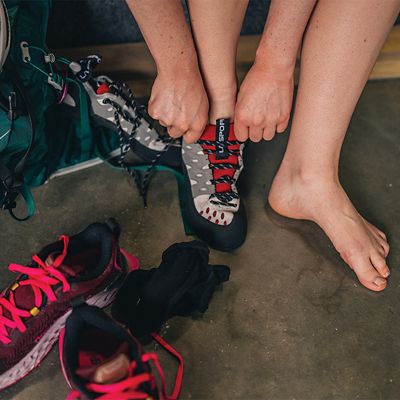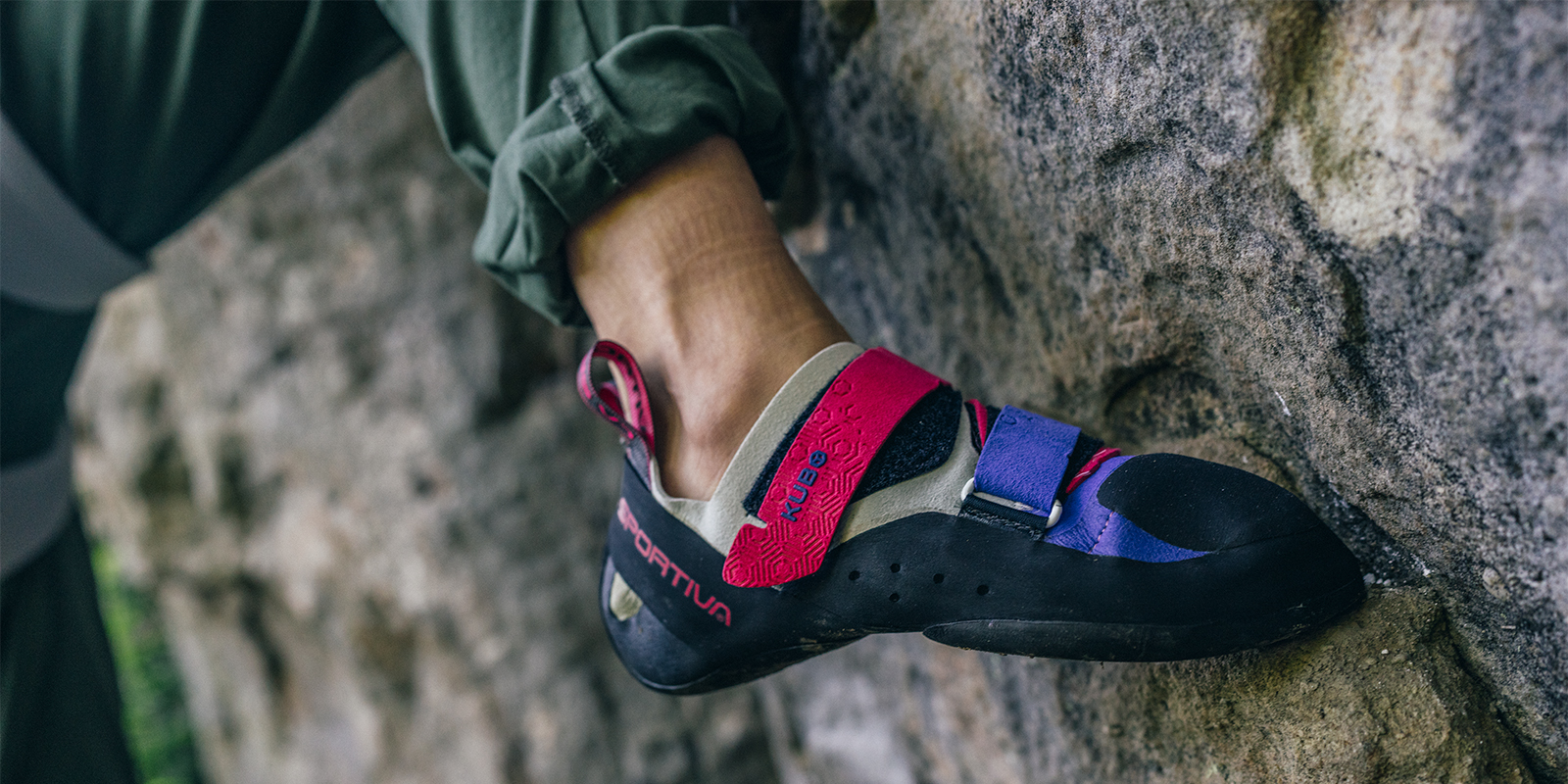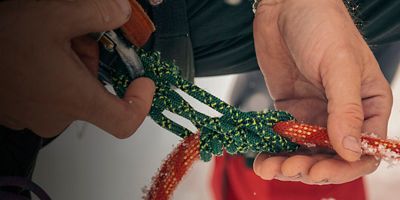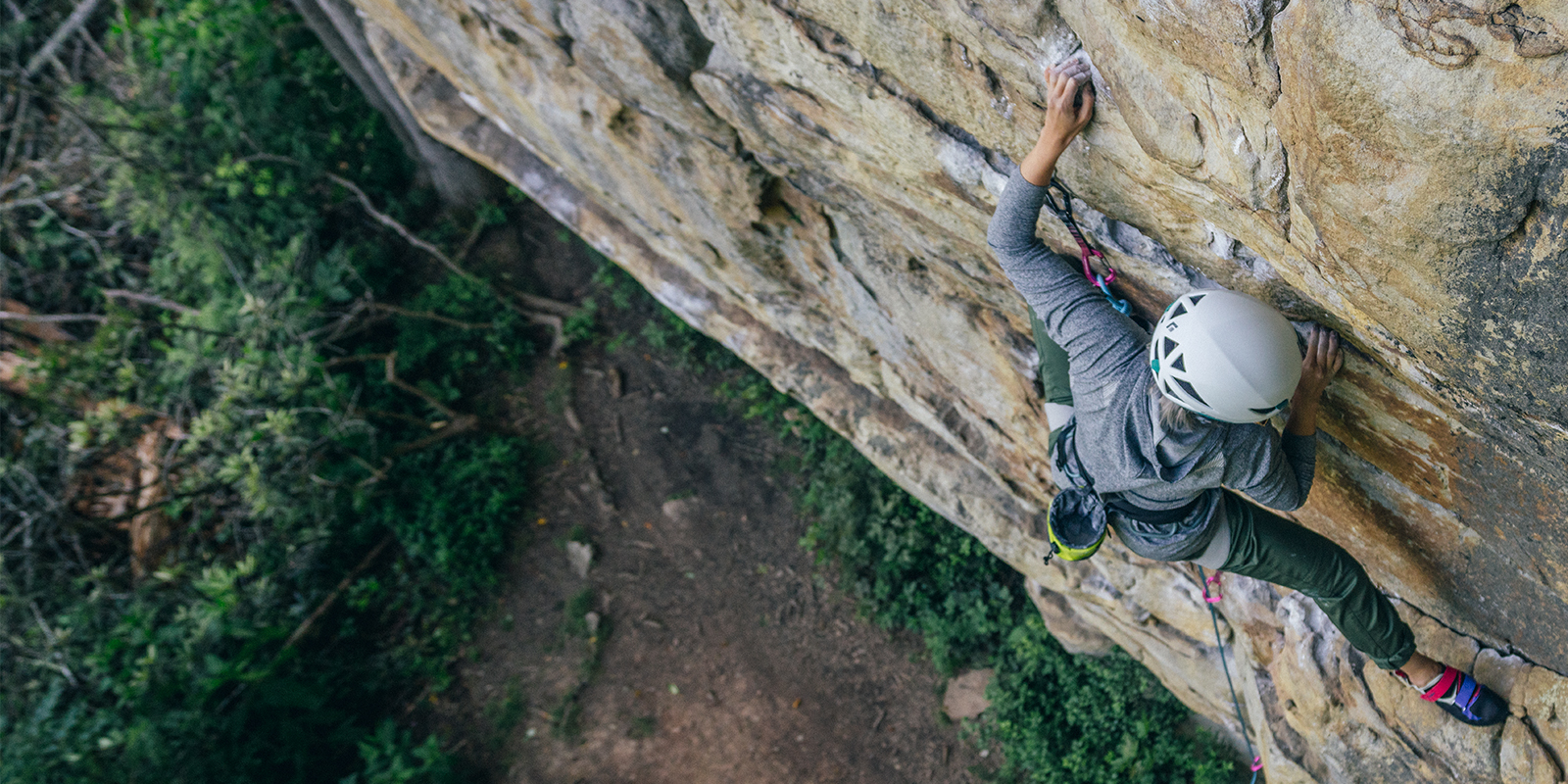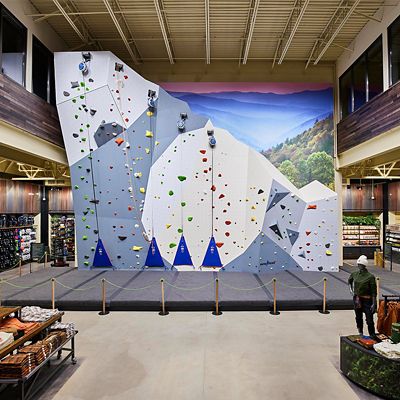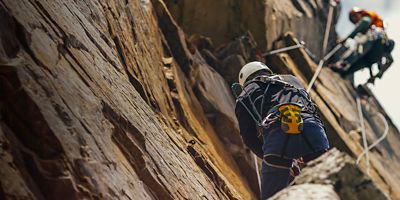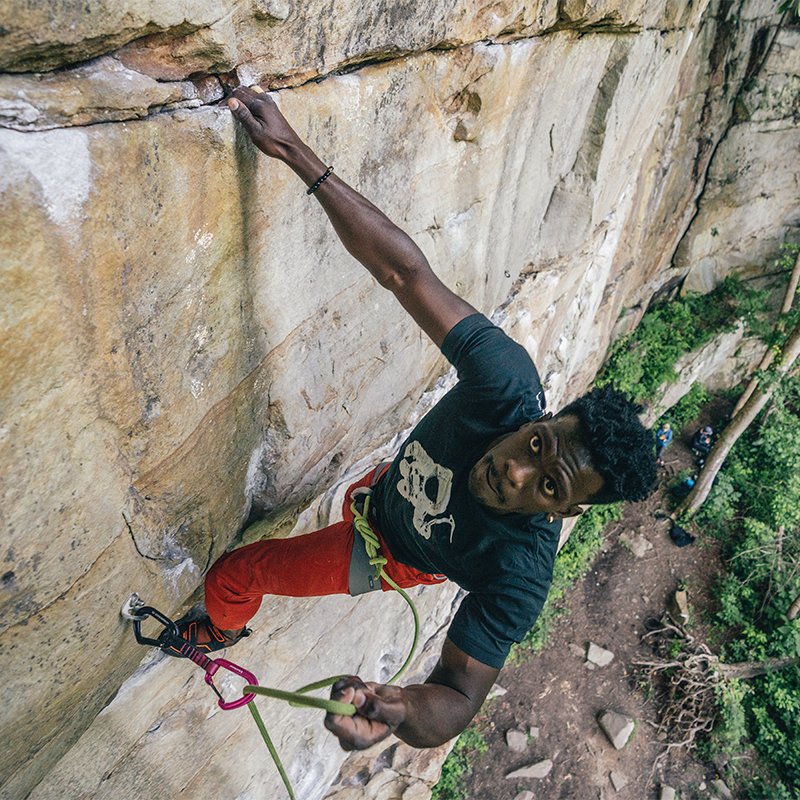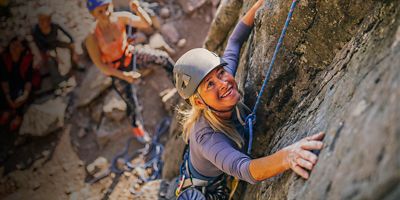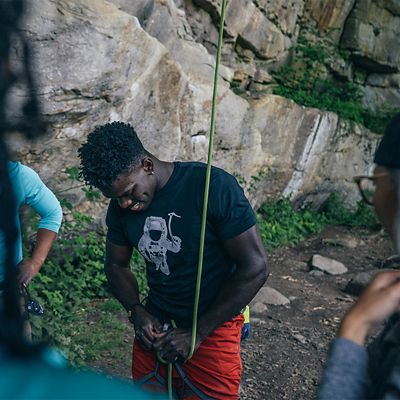Let’s start with the best thing about rock climbing chalk bags: Unlike other essential climbing equipment, like your harness, helmet, or rope, your chalk bag isn’t out to save your life. So while there are plenty of features, shapes, and sizing considerations to keep in mind when choosing a climbing chalk bag, you have a little room to wiggle—and a lot of room to flaunt your personality. Want a chalk bag shaped like a fuzzy animal tail? Go for it. Sequins? You do you.
After all, a chalk bag’s purpose is pretty straightforward: It holds your climbing chalk within arm’s reach so that you can recoat your hands with the stuff any time you get sweaty on the wall. The best chalk bags have a tight cinch closure to keep loose chalk contained, a fuzzy interior that clings to powder, and a wide-enough opening that you can fit your whole hand in for quick re-ups in between tricky moves.
We’ll go over all those specifics in this article:
- Common Chalk Bag Shapes
- Chalk Bag Sizes
- Features To Look For
- How To Tell if a Chalk Bag Fits
Common Chalk Bag Shapes
Climbing chalk bags come in a few shapes, each with its pros and cons.
Tapered Chalk Bags
Some of the best chalk bags for weight-conscious sport climbers have a wide opening and a narrow bottom. The shape allows the bag to lie flush against your hip or backside, and the low profile means it won’t snag in tight corners, or that it’s less likely to tip upside down. And while lightweight, tapered bags generally have less room for chalk, you’ll have to refill often.
Cylindrical Chalk Bags
These bags, which have the same diameter throughout, leave plenty of room for chalk. However, they tend to be heavier than their tapered counterparts.
Pear-shaped Chalk Bags
Some climbing chalk bags are shaped like pears or upside-down light bulbs—they have a narrower opening and wider bottom. The narrow top makes spills less likely, and the round bottom leaves plenty of room to wrap your hand around a full chalk ball. They’re a comfortable, ergonomic choice, but can be slightly heavier than cylindrical bags, depending on the material






